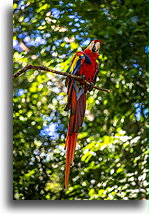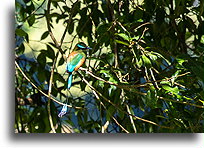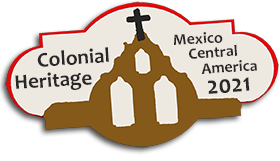Powerful Maya City
November 28
When we woke up, it was only 18ºC / 65ºF. A bit chilly, because we were at the altitude of 663 m / 2175 ft above sea level. The sun is strong here and it gets hotter after sunrise, with the temperature reaching 27ºC / 82ºF during the day. We came here to see one of the four most important Maya cities. When we got to the ruins however, the gate was closed. "What a misfortune," I told Eve; I could not believe it. There was a man standing at the gate who told us that this is an election day in Honduras and the museum is closed. Goddamn. So much trouble getting here, all for nothing. Fortunately, the problem was resolved quickly. People need some extra money. We were allowed to see the ruins.



Maya Classic period kingdom flourished from the 5th century AD. Its influence extended far beyond the valley where the city stood. Copán ruled over many other city-states in the southern Maya area until AD 738. At that time, it suffered a catastrophic defeat. One of the greatest kings in Copan's history was captured and executed by his former vassal king of Quiriguá.



The founding of the city and the ruling dynasties were related to Tikal, the largest and most influential of all Maya city-states. For centuries, the kingdom of Copan was allied with Tikal, but was influenced by the distant Teotihuacan. At its peak in the late Classic period, Copán had a population of at least 20,000. After the defeat at the hands of Quiriguá, Copan slowly declined until it was completely abandoned after AD 900.



The Copán stelae match those of Quiriguá. They have extensive inscriptions and carvings. Each stele has its own altar, which is associated with the ceremonies of bloodletting or human sacrifice. The stelae were erected to glorify the rulers and their achievements. These are monuments commemorating important historical events. Our knowledge of Maya history is based largely on the inscriptions on the stelae.



Colorful parrots, what a pleasure to watch them. A group of scarlet macaws live in the Copan Archaeological Park. It is the national bird of Honduras. They fly here in groups, making very loud screams. We were also lucky to see the national bird of neighboring El Salvador, the colorful Turquoise-browed motmot (or Torogoz). This bird can be recognized by its tail with two elongated feathers that are shaped like rackets.












